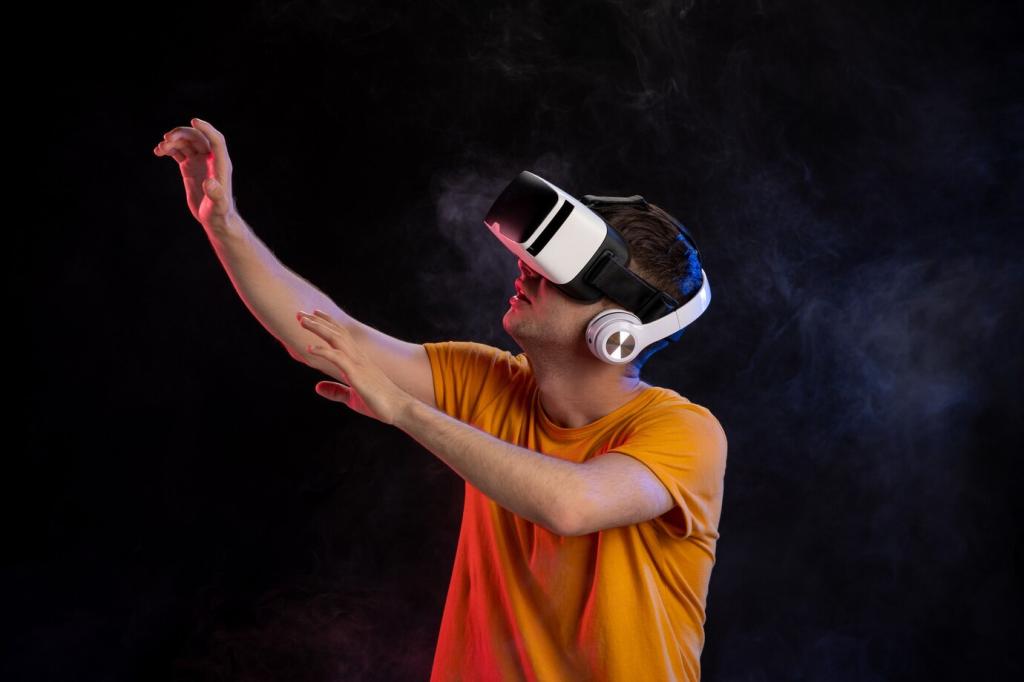Exploring the Benefits of VR in Modern Interior Design
Virtual reality (VR) is revolutionizing the world of interior design, introducing an immersive and innovative way to conceptualize and experience spaces before they are physically realized. By blending cutting-edge technology with creative vision, VR allows both designers and clients to move beyond traditional design methods, offering a dynamic and interactive approach to planning interiors. This exploration into the benefits of VR in modern interior design highlights how it transforms workflows, improves client satisfaction, and leads to better design decisions, setting a new standard for the industry.
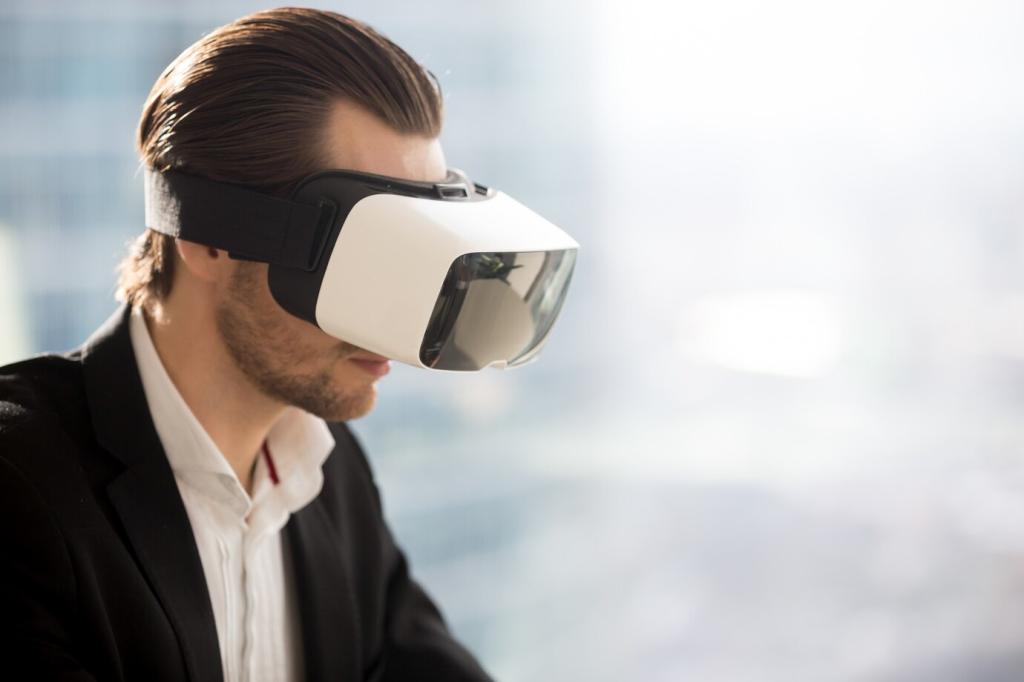
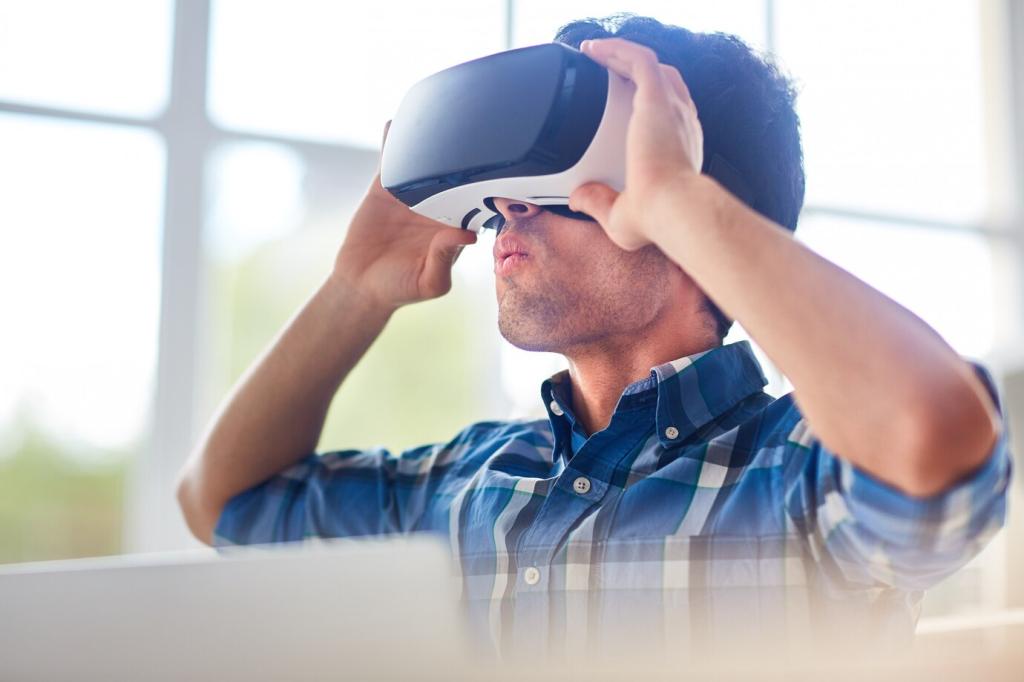
Enhanced Visualization for Clients and Designers
VR allows designers to simulate real-life dimensions, lighting, and textures within a virtual space, providing an accurate sense of scale and proportion. Clients can virtually walk through rooms, gauging exactly how furniture fits, traffic flows, and how overall layouts feel in three dimensions. This enhanced level of realism removes much of the guesswork typically involved in translating two-dimensional plans into reality. As a result, clients can make more informed choices and designers can identify and address potential issues early in the process, saving time and resources.
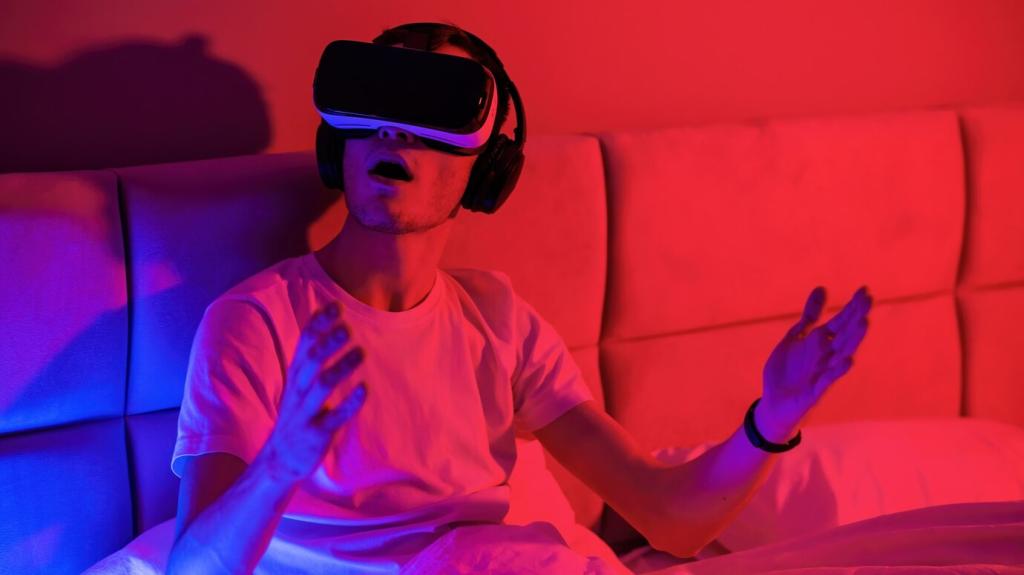
Improved Communication Among Stakeholders
Traditional methods often rely on technical drawings that can be difficult for non-professionals to interpret, leading to misunderstandings and misaligned expectations. VR bridges this gap with intuitive visual representation, enabling clients, contractors, and designers to explore the space together. Shared virtual walkthroughs foster clearer communication, ensuring everyone is aligned on the vision and technical details. This preemptive clarity reduces costly mistakes during the construction phase and helps manage client expectations throughout the project.
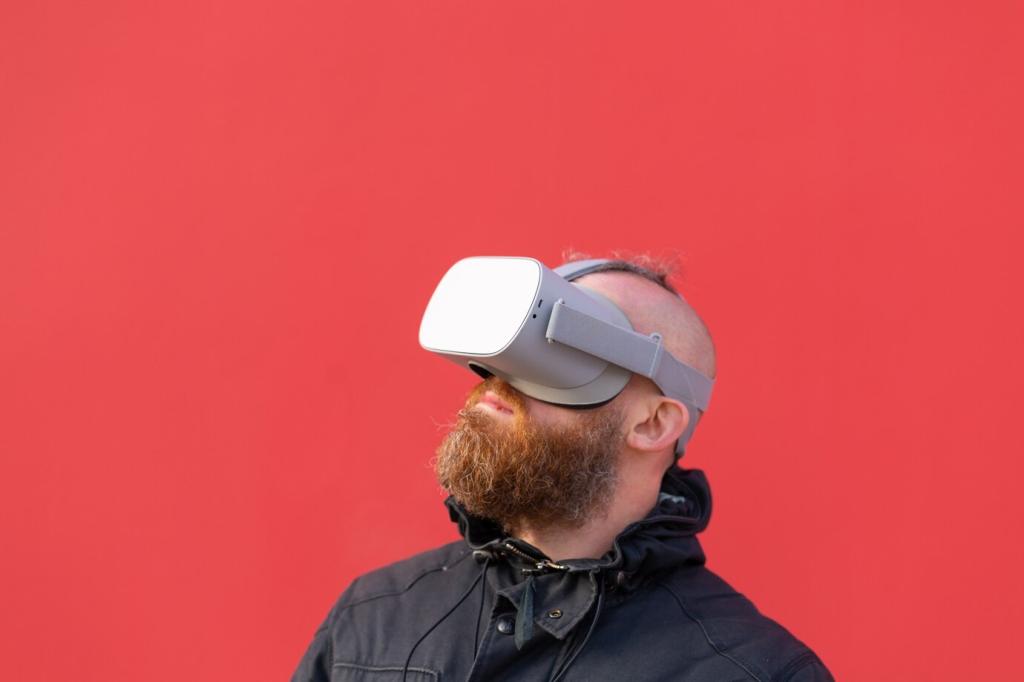
Increased Design Efficiency
VR accelerates the design process by allowing rapid prototyping and instant revision of interior concepts. Designers no longer need to produce countless iterations of static renderings for review—instead, they can effortlessly update the virtual model with new layouts, furnishings, or décor elements. This agility reduces turnaround times and allows for more experimentation, ultimately leading to a more refined and innovative final design that suits the client’s needs.
Cost and Resource Optimization
VR allows for the pre-construction identification of potential issues that might go unnoticed during traditional design review. Whether it’s insufficient lighting, awkward furniture placement, or impractical access points, these flaws can be experienced directly in the virtual space and corrected before any physical work begins. This proactive approach minimizes expensive on-site changes and revisions, keeping the project on track and within budget.
